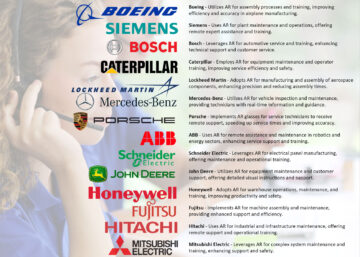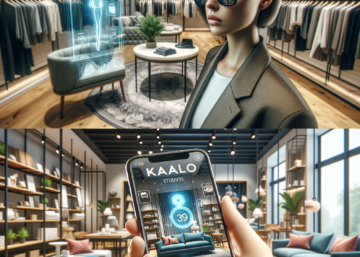Samsung has announced they will finally give consumers what they need to repair some of its Galaxy devices. Both users and third-party repair shops will have access to genuine parts and step-by-step guides. Apple is planning to launch a similar program giving users of the iPhone 12 and 13 access to repair manuals, and they say the program will eventually expand to some of its Mac computers. Major manufacturers are now supporting Right to Repair. (CNN Business)
Access to genuine Apple or Samsung parts and manuals is a boon for Right to Repair, but when we get down to the nuts and bolts of consumers actually opening up the cases of our phones and laptops, how will that go? We end-users may be too intimidated to take a screwdriver to our precious devices and their complex inner workings, even with directions. And when we do get into those parts and get stuck, we’ll need to call tech support. Companies like Apple and Samsung will have to provide that support and the experienced technicians to go with it. But maybe not as much as we think.
Where Augmented Reality Fits Into Right to Repair
Augmented reality — the digital overlay of information onto the real world — is already in the works for various devices. Imagine that technology applied to Right to Repair. Those users who will now be able to replace their own Galaxy screen or iPhone battery can see step-by-step instructions, not in a 2-D manual, but projected onto their device, reducing the likelihood of mistakes and confusion and the odds of needing to call tech support — a cost and headache saver for manufacturer and consumer.
Why We Need Right to Repair and AR
Americans dispose of 416,000 cell phones per day, and only 15-20 percent of electronic waste is recycled. Augmented reality can not only partner with Right to Repair to save us money, it can help save the planet. When, in the fall of 2020, school districts in the U.S. were short 5 million laptops due to supply chain issues, that problem could have been solved with repaired devices; plenty of laptops were manufactured to meet this need. (U.S. Pirg) Right to Repair and AR is a win-win pairing. It’s a cost savings for consumers who can now fix their own devices instead of buying new ones. It has a positive impact on the environment, and it’s good business. With the likes of Apple and Samsung getting involved in Right to Repair and several tech companies rolling out AR devices, it’s an investment in the future.



